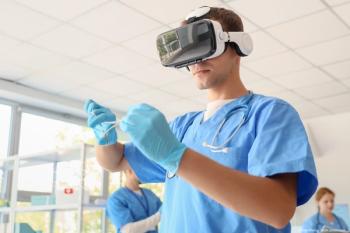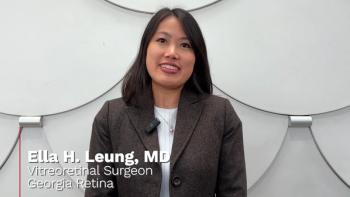
Evolution of a collector involves several steps
Ophthalmic heritage encompasses a wide variety of ways to remember the past. One may collect images of famous people, articles that they wrote, study the environment and the settings in which they practiced, collect books or artifacts from days gone by, or just read about history. Here are my ideas about developing a historical collection of antiques.
Stage 1: Voyeur In this first stage, budding collectors should learn all they can about the objects they wish to collect. They should read books about them, visit museums and collections that have items that they are interested in, as well as go to auctions to get a real chance to look at the items as well as handle them and examine them. In this way they can develop a feelingfor what age does to wood and various metals so that modern reproductions and aging variations can be detected.
Many fine ophthalmology books have been reprinted and can be purchased for less than the cost of a new textbook! In this regard, book dealers are very similar to coin and stamp collectors/dealers. Obviously, if the book is signed by the author or if the book originates from a well-known collection or from an important historian, this too will affect the value.
Once you have become a collector and your taste, experience, and disposable income increase, you must take care not to enter Stage 3, an accumulator.
Stage 4: Dealer Once accumulators have experienced collecting and are knowledgeable in the field that they collect, they will oftentimes wish either to sell their duplicates, particularly the early collectibles that they obtained if they are not extremely rare, or trade these less-valued items for new ones. Although this can be done, it is most often not a good way to build a collection.
A word about purchasing: Only purchase from reliable sources, well-established dealers, auction houses whose authenticity is guaranteed, or from people you know. Be careful in doing business with mail-order or cyberspace sales unless you can check out their credentials and can be sure that you can return the item if unsatisfied andreceive a full refund. The old antique buyer caution-caveat emptor, or buyer beware-is still as fashionable and truthful today as it was when it was first used many hundreds of years ago.
Antique collecting can and should be fun. Enjoy the chase, good luck, and happy hunting!
Suggested reading and resources 1. Bennion E. Antique medical instruments. Sotheby Park Bernet, 1979.
2. Rosenthal JW. Spectacles and other visual aids: a history and guide to collecting. Norman Publications, 1994.
3. Antique Spectacles
4. Ocular Heritage Society.
5. Ophthalmic Antiques International Collectors Club
Newsletter
Don’t miss out—get Ophthalmology Times updates on the latest clinical advancements and expert interviews, straight to your inbox.













































